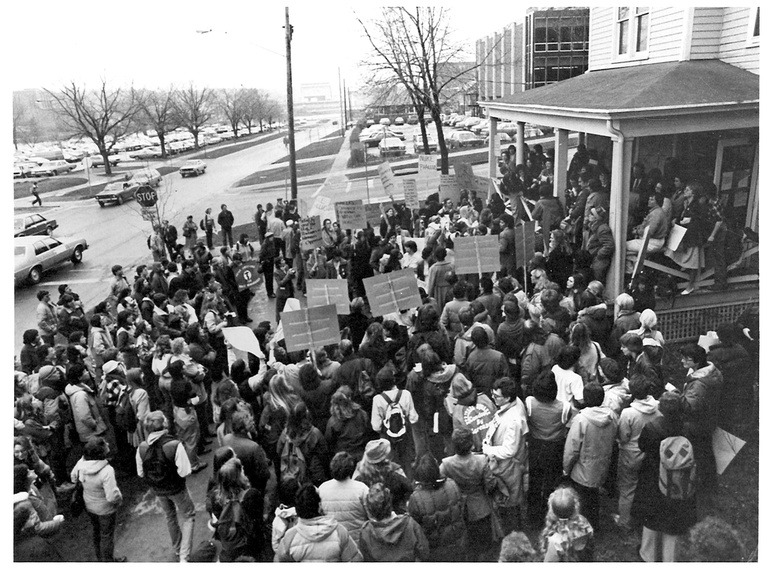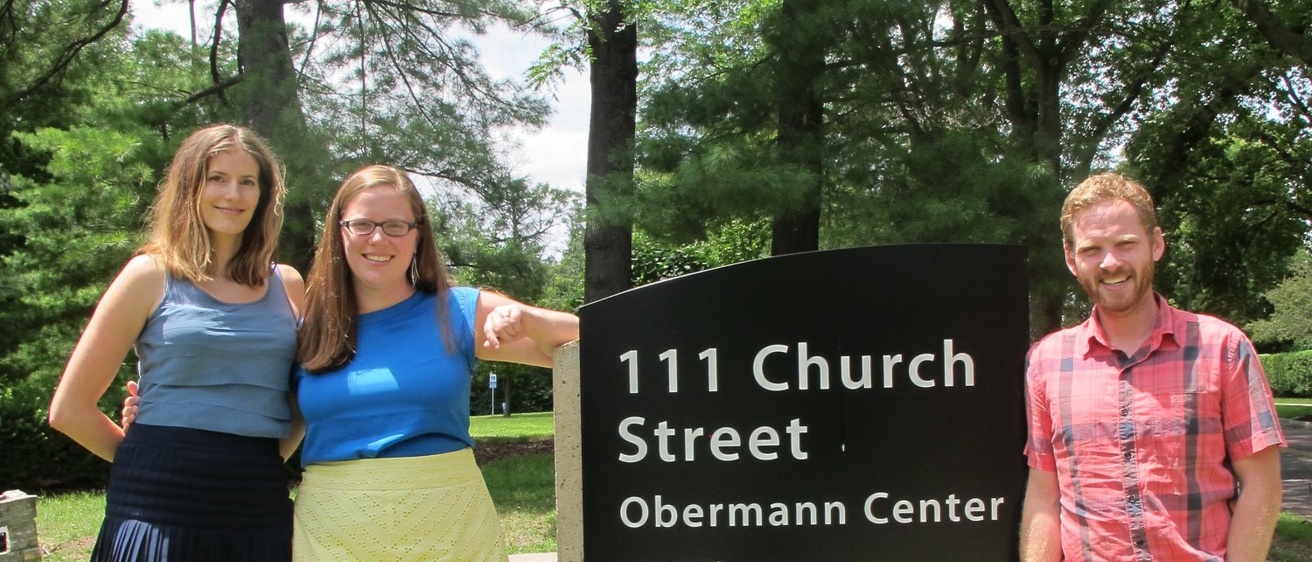The “Big Ten Conference” is often used as shorthand for football. But faced with demands for a more just society, this group of Midwestern research universities has also taken the lead in making higher education accessible. In 1968, at the height of the Civil Rights Movement, Indiana University led the Big Ten in establishing a program for first-generation college students. A decade later, in 1979, during the Women’s Movement, Ohio State University was the first in the Big Ten to create a living-learning community to support and recruit women in STEM fields. Since then, Big Ten schools, like most universities in the United States, have implemented programs that provide community, mentorship, and other forms of support to minority and culturally diverse students.
What factors influence the time to adoption of these programs? What impact do the programs have shortly after they’re adopted? Does, for instance, the percentage of women majoring in STEM fields increase on campuses that implement those support programs? Do students who participate in such programs tend to stay enrolled at the school and finish their degrees, compared to students who don’t?
These are the questions Aislinn Conrad-Hiebner (School of Social Work, CLAS), Martin Kivlighan (College of Education), and Elizabeth Menninga (Political Science, CLAS) are exploring as part of their fledgling project “The Meek and the Mighty: Exploring Diversity Programs among Big Ten Universities,” which they initiated last summer as part of an Obermann Interdisciplinary Research Grant.

The three met at the UI’s new faculty orientation in August 2015, when, like the student populations they’re studying, they were searching for community. “We just started talking,” says Conrad-Hiebner, who studies youth well-being and social justice, “and we discovered a shared interest in how universities support students with diverse backgrounds.” She, Kivlighan, who specializes in counseling psychology, and Menninga, a network analysis scholar, started meeting regularly for coffee. When they learned about the Obermann’s Interdisciplinary Research program, it seemed a perfect opportunity for them to collaborate.
“Who’s been excluded?”
They soon narrowed their interest to the implementation and effects of diversity support programs. They’re focusing on programs for women in STEM, first-generation college students, and programs designed to support African Americans and more recently Latinos and members of other ethnicities that were established by universities in what’s known as the CIC (Consortium for Interinstutional Collaboration). Originally these were schools in the “Big Ten” athletic conference, including the University of Iowa. The CIC now encompasses 14 U.S. research universities, most of which are located in the Midwest. For now, the group is excluding federally mandated programs like TRIO and Upward Bound because the scholars are interested in learning what motivates universities to create and adopt programs of their own.
What are these motivations? “One is retention,” says Menninga, “and another is attracting students.” But, she’s quick to note, it’s not as simple—or as self-seeking—as wanting to boost enrollment, public image, or government funding. “I think there’s also a justice story. Deans at public institutions are genuinely asking themselves, ‘Who’s been excluded? Why don’t we have more women in STEM? Why is it that a lot of first-generation students don’t finish?’”
No Standard Metric
Surprisingly, given the importance of these programs and their political relevance, Conrad-Hiebner, Kivlighan, and Menninga are among the few researchers exploring how, why, and when universities implement programs to support diverse students, and in what ways those programs benefit their participants or don’t.
The trouble is, says Conrad-Hiebner, “There’s no standard metric to measure a program’s success. Should we be looking at the fact of graduation, the time it takes a student to graduate, or GPAs? Plus, there’s no standard database for any of this.” Their preliminary research shows that over 75% of CIC schools have women in STEM and diversity support programs, and 50–75% have first-generation programs—more than they’d expected.
Supporting Interdisciplinary Research for More Than Three Decades
The Interdisciplinary Research Grant is one of the Obermann Center’s longest-running grants. It has a strong track record of generating impressive results that range from book chapters and major grant applications to translations and journal articles. More recent successes have pushed the boundaries of familiar scholarly outcomes. For example, Mary Adamek (Music Therapy, CLAS) and Charmaine Kleiber (Nursing) developed an app to help teens undergoing spinal fusion surgery to manage their pain, and John Rapson (Music, CLAS) and Paul Kalina (Theatre Arts, CLAS) created a collaborative theatrical production with musical compositions, Crescendo, that later headlined the UI Theatre’s lineup.
This summer, another Interdisciplinary Research Grant Team, Loyce Arthur (Theatre Arts, CLAS) and Armando Duarte (Dance, CLAS) drew upon the rich traditions of Brazilian carnival as they continue to translate the tradition to Iowa City. “Spending four weeks in residence at the Obermann Center was idyllic and fruitful,” Arthur said. “As artists it is extremely rare that we have the time to reflect on what we do, particularly on how our work in carnival is rooted in cross cultural traditions as well as how we can work in collaboration with one another to represent the artistry and visual dynamics of these traditions.”
Applications Now Accepted for Summer 2017
Currently, the Obermann Center is accepting applications for Summer 2017 Interdisciplinary Research Grants. Pairs or trios can apply for this opportunity. Each group must have one UI faculty member, but scholars from other institutions and independent artists and researchers can also be part of the teams. There are options for both 2- and 4-week residencies.
